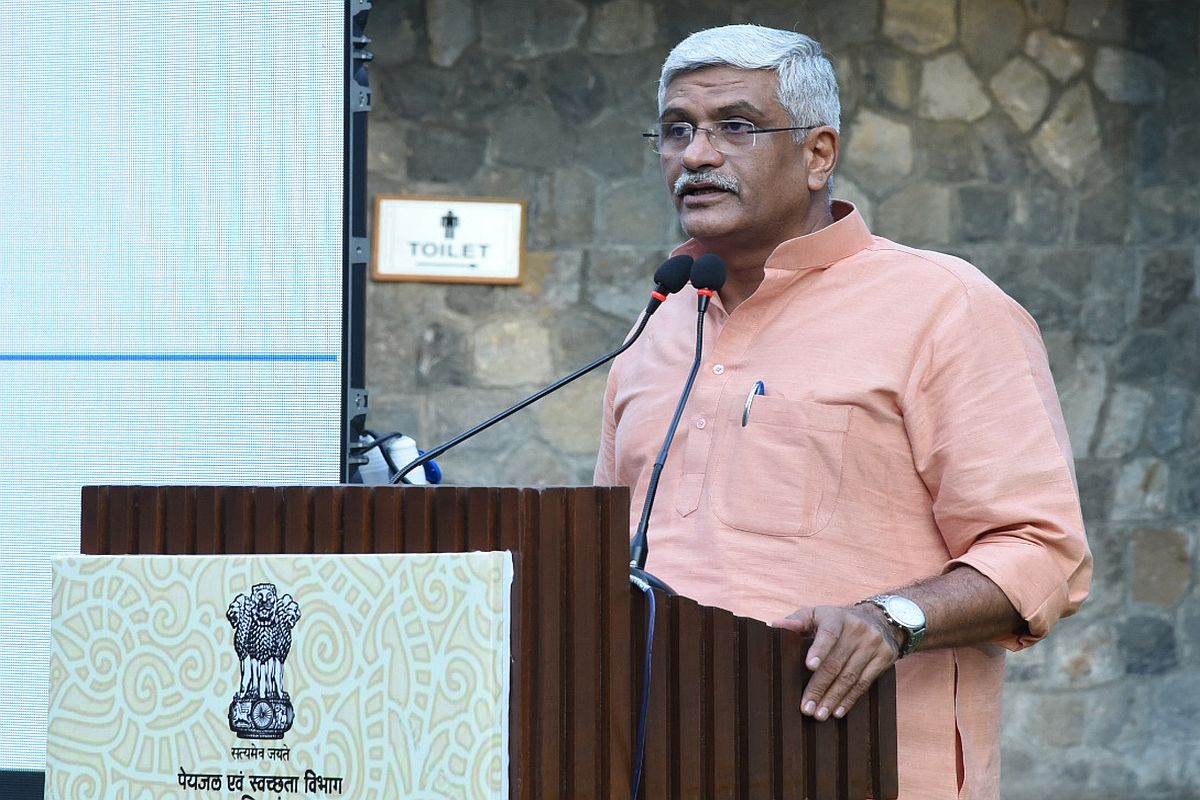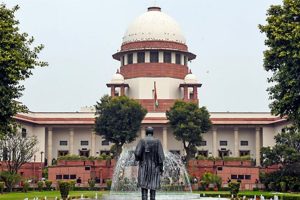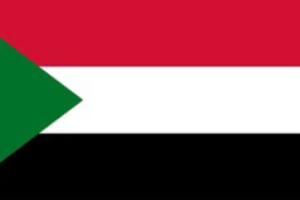India being the world’s fastest-growing economy we must focus on water management to prevent water supplies from running out by 2050. Any country’s GDP growth is correlated with the availability of water. India is a country with a variety of rain patterns and abundant water resources. If water resources are managed properly, there would never be a water shortage.
Union Water Resources Minister Gajendra Singh Shekhawat said this citing a book “Ganga Ka Lal” on the Indian water tradition and the fundamental necessity for water were cited as justifications. Ravindra Kumar, an IAS official, is the author of the Lal Kitab of Ganga. He has done a thorough research on Ganga while serving as district magistrate in numerous UP districts.
Advertisement
According to Shekhawat, everyone is concerned about the availability of water, what will happen in 2050, and how food will be produced. Previously, ten years had passed. Future water changes won’t happen, yet climate change is now at our doorstep. From Rajasthan to Chirapunji, where there is at least rain and there is flooding, there are various types of rain in India.
In 18% of India, there are floods, and in 13% there are droughts. And of the previous 75 years, 65 of them have been dry. But because of our state’s excellent water management, not a single farmer in Rajasthan’s legislative districts has committed suicide as a result of the drought.
Use of groundwater
The groundwater resources account for majority of the water we use, 65 percent. We also need to use ponds and rivers for water. Ponds must be revitalised. Every panchayat will require the construction of 75 ponds. Old ponds require cleaning. Potable water needs to be made. Three Components Continuity,
Both quantity and quality must be guaranteed. According to Shekhawat, 2.5 lakh panchayats across the nation’s one million women have received training to assess the water quality. Additionally, equipment for monitoring water quality is not imported from abroad. Through start-ups, the nation’s youth are producing these machines. Across the nation, more than 2000 water testing labs have been established.
Shekhawat said that a Danish business assisted in the water mapping of a region of the nation that is roughly 2.5 million square kilometres. Based on this, water plans will be made.
















